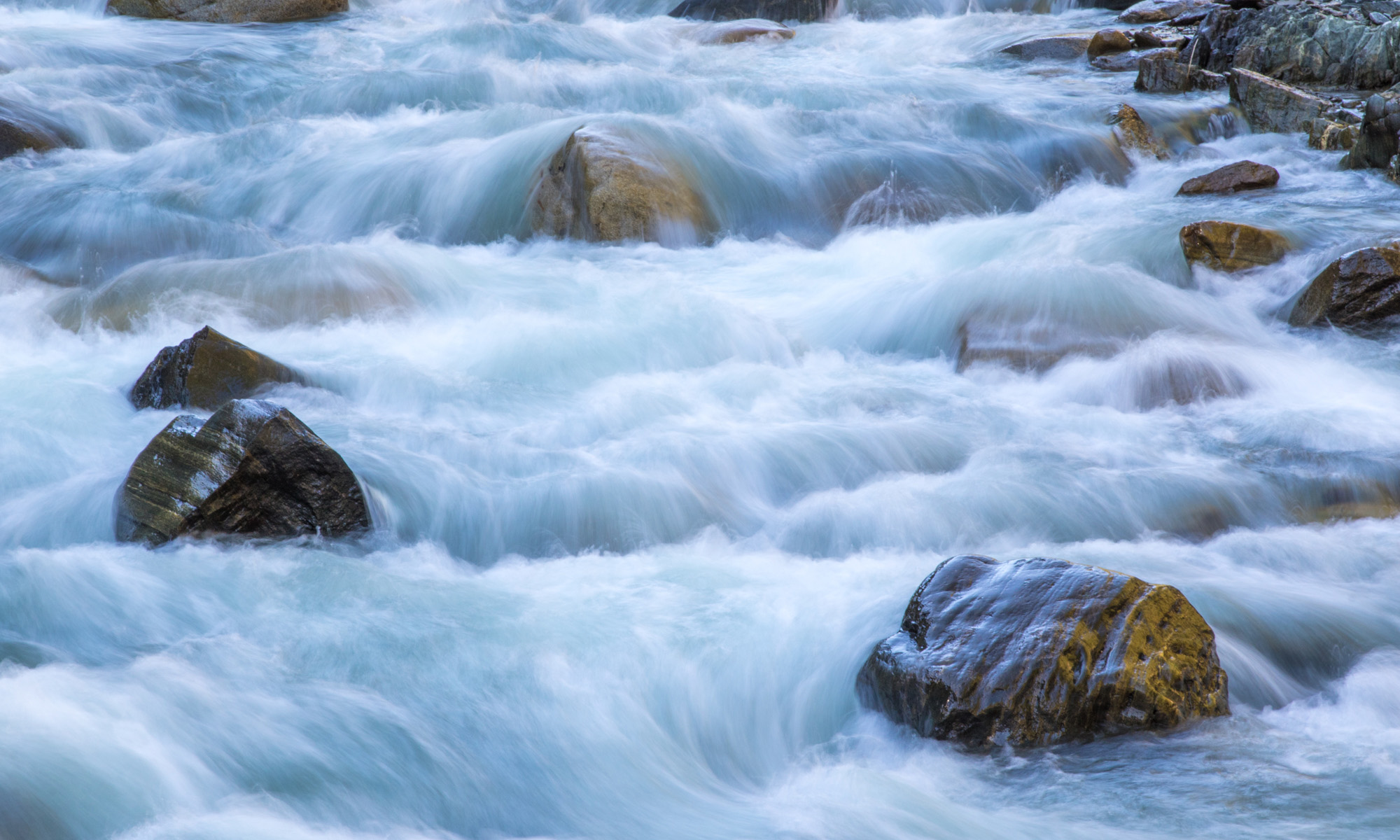Today’s Question: When I create a virtual copy of one of my photos in Lightroom Classic, the count for “All Photographs” increases. So that total includes both original captures and virtual copies. Is there a way to determine how many original photos are in my catalog, excluding virtual copies?
Tim’s Quick Answer: Yes, you can use a filter to view only master photos (which excludes virtual copies) while browsing the “All Photographs” collection found in the Catalog section of the left panel in the Library module in Lightroom Classic. Just be sure that you have also expanded all stacks so you’re getting a true count of the total number of master photos.
More Detail: The Library Filter Bar provides a wide variety of filter options, which can be tremendously helpful when you are looking for a particular photo. These filters are also helpful when you want to get a count of photos that meet certain criteria.
Among the available filter options, the Library Filter Bar enables you to filter for master photos versus virtual copies. These two are mutually exclusive in the context of still photos, meaning a master photo is by definition not a virtual copy, and a virtual copy is not a master photo. Note that when you filter for master photos, videos are excluded unless you specifically choose to include videos.
The Library Filter Bar is available at the top of the grid view display in the Library module. If the Library Filter Bar is not visible, you can press the backslash key (\) on the keyboard or choose View > Show Filter Bar from the menu.
Choose the All Photographs collection from the Catalog section of the left panel in the Library module to make sure you are browsing all photos in your entire Lightroom catalog. Then expand all stacks, so you can see a count of all images even if they are included in a stack, assuming that is your preference. You can expand all stacks from the menu by choosing Photo > Stacking > Expand All Stacks. Note that you can collapse all stacks by choosing the “Collapse All Stacks” command from the same menu.
On the Library Filter Bar, choose the Attribute tab. In this context you would want to make sure no other filter categories are enabled. At the far right of the Attributes section of filter controls you’ll find the Kind setting. The first button can be turned on to view master photos. With the second button turned off, virtual copies will be excluded from view. You can also choose whether you want to enable the third button, to include video files in the filter criteria.
Once you have set the desired filter criteria, such as to select only the master photos option in this case, you can view the total count of images with the summary text above the thumbnail display on the Filmstrip (the bottom panel in Lightroom Classic). You will see an indication there for “All Photographs”, meaning you are browsing the All Photographs collection. To the right of that, you will see two numbers, presented as “X of Y”, where “X” is the number of photos meeting the criteria you’ve established (master photos in this case), and “Y” is the total number of photos in the location you’re browsing (the entire catalog in this case).

